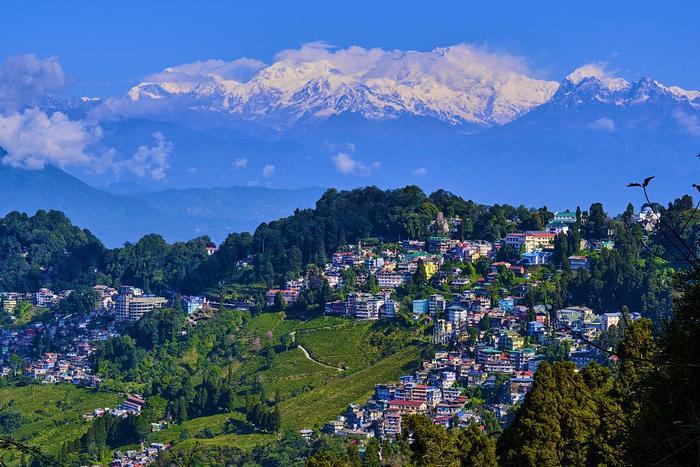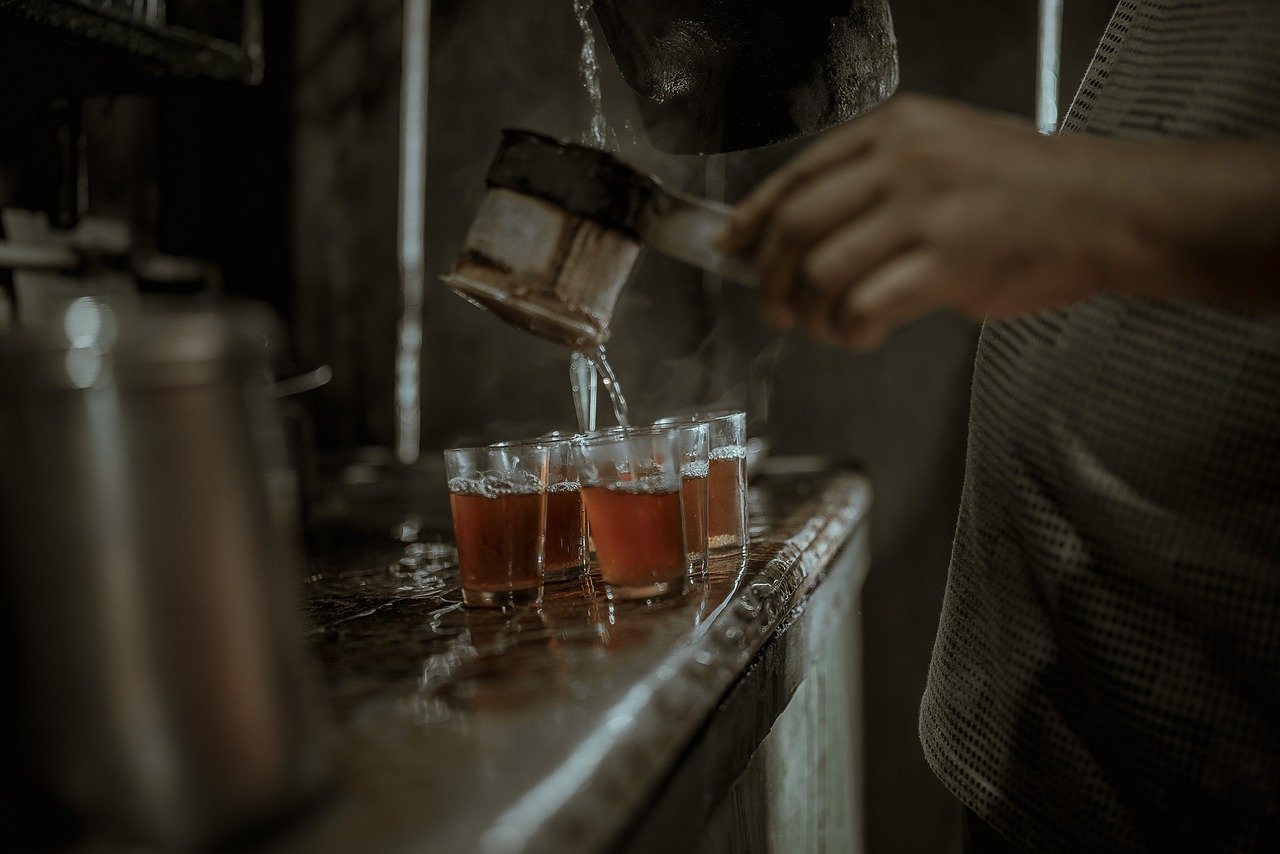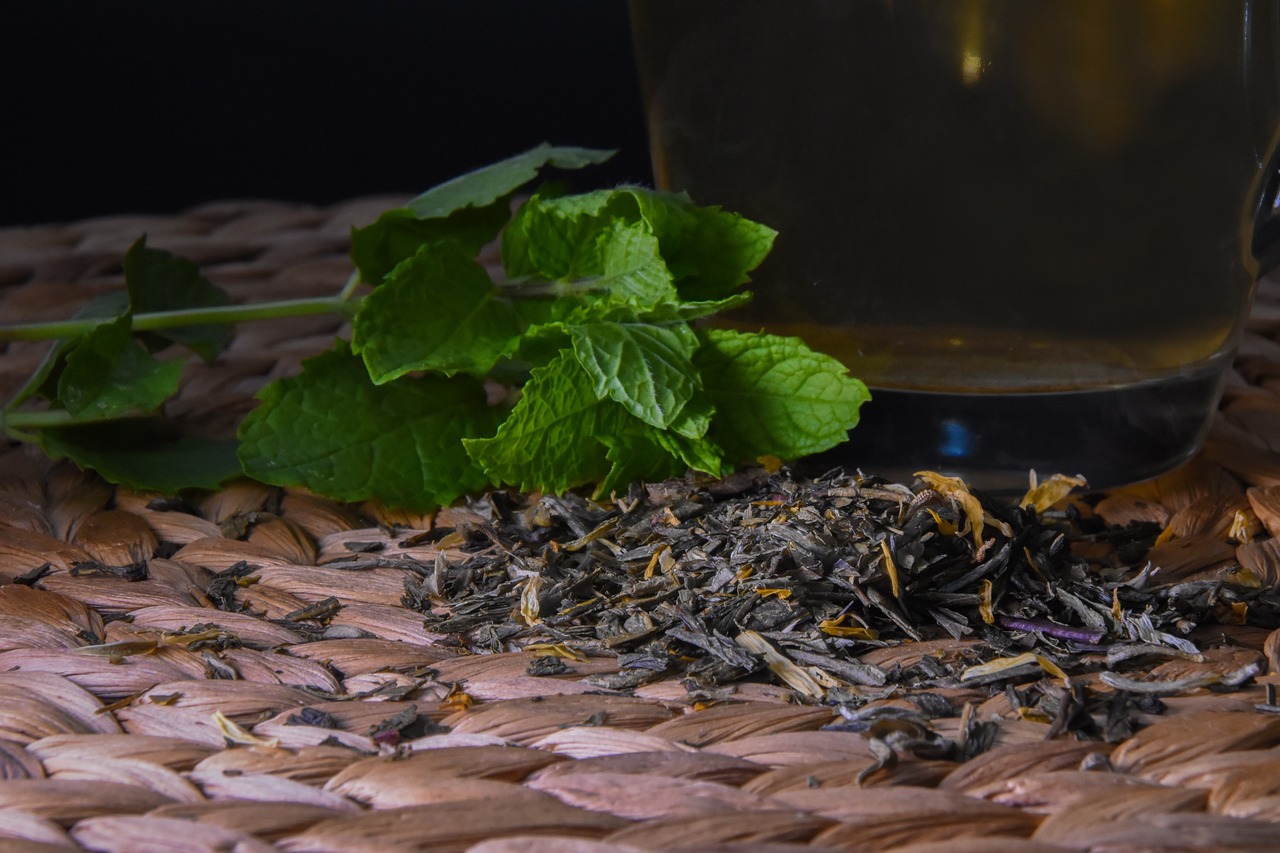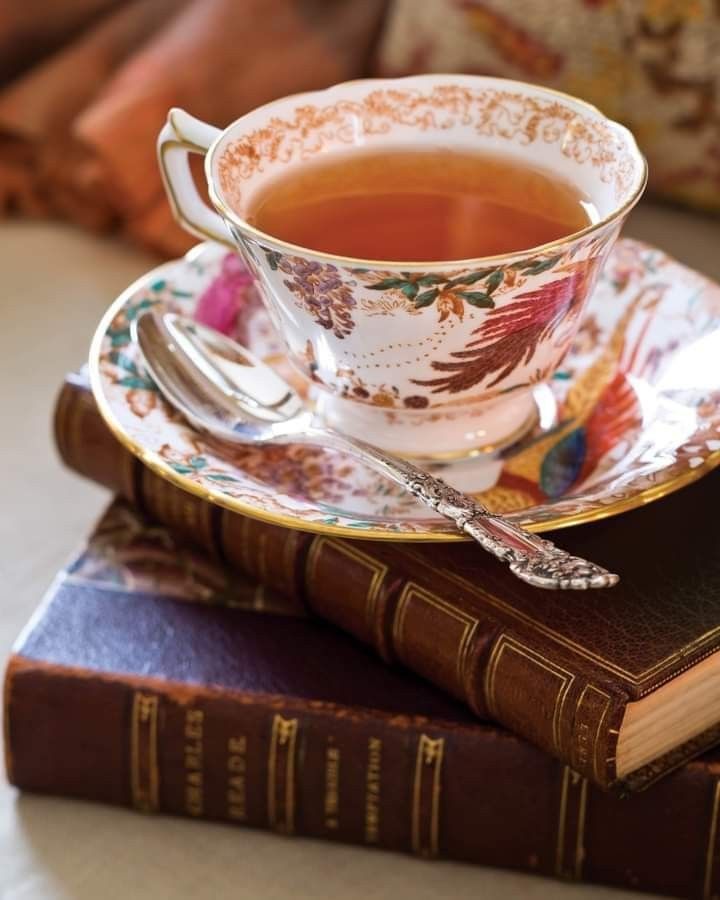Introduction
Darjeeling tea, often referred to as the "champagne of teas," is a prestigious variety that originates from the Darjeeling district of West Bengal, India. This tea is celebrated for its unique flavor profile, which can vary from black, green, and white, to oolong, depending on the processing method. This guide will walk you through the intricacies of Darjeeling tea, including its characteristics, how to brew and enjoy it, its caffeine content, and tips for buying and storing this delicate beverage.

Origin and Characteristics
Darjeeling tea comes from the Chinese variety of the tea plant, Camellia sinensis, and is known for its thin, light-colored leaves and floral aroma. The tea plant experiences periods of growth and dormancy, with each period known as a flush. Darjeeling tea has three major flushes: the first flush from mid-March to May, the second flush from June to mid-August, and the third flush (autumn flush) from October to November. There are also two minor flushes: the in-between flush and the monsoon flush in September.
The distinct flushes result in different flavors, colors, and aromas. As the tea ferments, flavonols in the leaves react with oxygen, leading to the differentiation between black, oolong, and green tea varieties. Darjeeling black tea is fully fermented, oolongs are semi-fermented, and green teas are not fermented at all.
Uses and Consumption
Darjeeling tea is best enjoyed during the mid-morning or early afternoon due to its caffeine content. It is recommended to avoid this tea in the late afternoon or evening, especially for those sensitive to caffeine. For those with a sensitive stomach, it is advised to consume Darjeeling tea with a light snack rather than on an empty stomach.

Brewing Darjeeling Tea
To brew Darjeeling tea, start by adding one teaspoon of high-quality loose-leaf tea to a pre-warmed teapot. Boil water and let it cool for a minute or two to reach the ideal temperature of 195–205°F. Pour the water over the tea and steep for three minutes. Traditionalists prefer their Darjeeling tea without milk, sugar, or lemon, but you may add these according to your taste preferences.
Caffeine Content
The caffeine content in Darjeeling tea can vary based on the flush, but it typically contains around 50 milligrams of caffeine per 8-fluid-ounce cup. This is higher than green tea but lower than black Assam tea. Darjeeling tea has a low acidity level, especially when compared to black tea or coffee.
Buying and Storing Darjeeling Tea
You can purchase Darjeeling tea loose or in tea bags from quality grocery stores, coffee/tea shops, or online retailers. Due to its high aroma, Darjeeling tea is sensitive to air, humidity, direct sunlight, heat, and strong odors. It is best stored in a sealed container in a dark pantry and consumed within two years of harvesting to maintain its optimal flavor.
Recipes Featuring Darjeeling Tea
Darjeeling tea can be a delightful addition to various recipes, such as:
· Vodka Infused With Black Tea
· Black Tea Hot Toddy
· Sweet Adeline: A Pomegranate and Black Tea Drink
Types of Darjeeling Tea

The different flushes produce distinct types of Darjeeling teas:
· First Flush Tea: Harvested in spring after winter dormancy, this tea has a light and clear color with a flowery scent. It is generally more expensive due to its freshness and color.
· Second Flush Tea: Known for its dark, amber color and strong flavor, it has a purplish bloom and can have a fruity taste, often compared to muscatel grapes. The unique flavor is a result of the specific weather, topography, and plant types.
· Third Flush Tea: Brews a dark or coppery colored tea with larger leaves than other seasons. It is priced slightly lower than the first and second-flush teas.
· In-between Flush Tea: Similar to the first flush but often slightly lower in quality.
· Monsoon Flush Tea: More oxidized and sold at lower prices, it is commonly used for masala chai. The in-between flush tea and monsoon flush are rarely exported.

In addition to flushes, Darjeeling tea is rated using a grading system based on the size and quality of the tea leaves. The four categories are whole tea leaves (highest grade), broken leaves, fannings, and dust (lowest grade). Fannings are small leaf particles used in tea bags, and dust is the waste left by the tea leaves.
Conclusion
Darjeeling tea, with its exquisite flavor and prestigious reputation, offers a unique tea experience. Whether you are a connoisseur or a casual tea drinker, understanding the nuances of Darjeeling tea can enhance your appreciation for this queen of teas. By following the guidelines for brewing, storing, and selecting Darjeeling tea, you can ensure that you are enjoying this delicate beverage at its finest.
